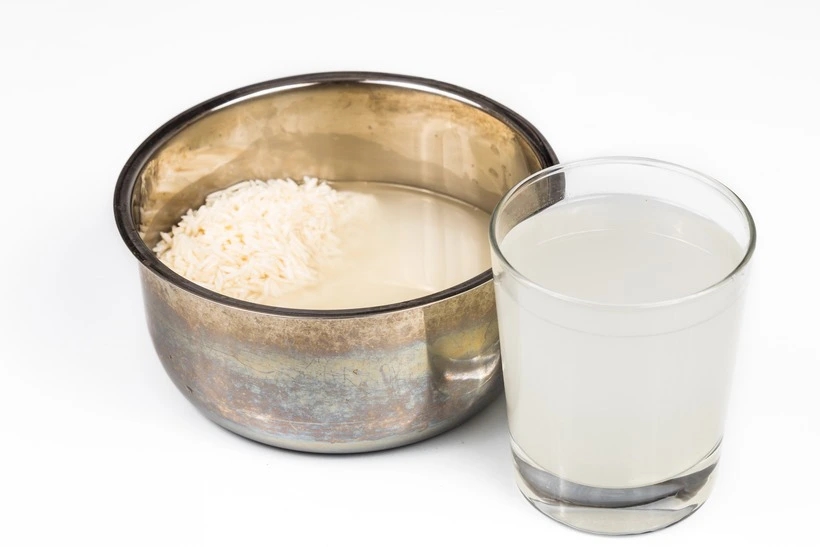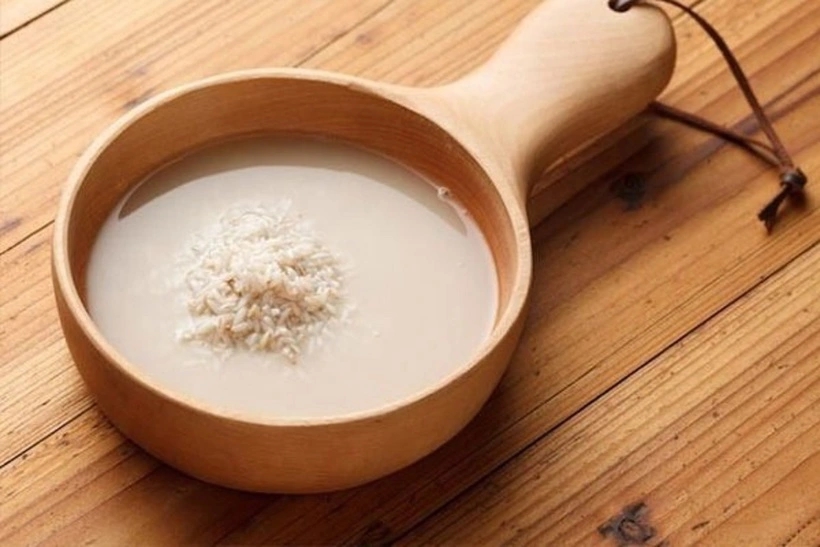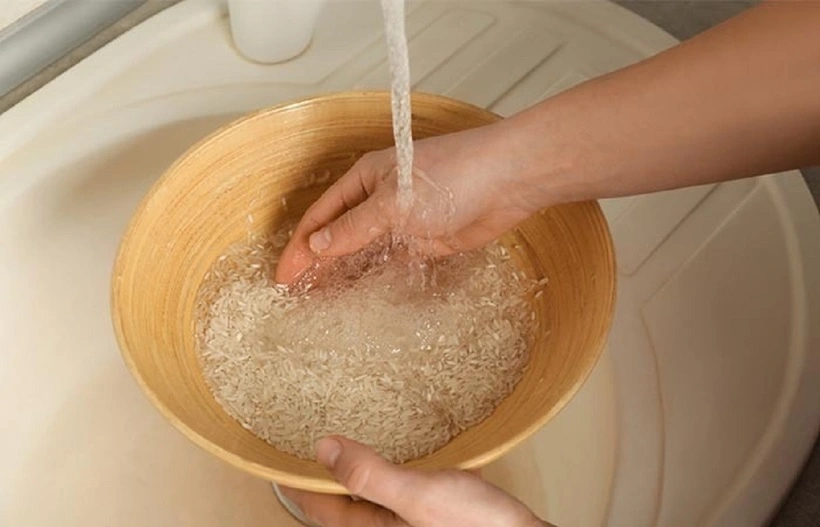Tasty Tips for Perfect Rice

Rinsing rice is an important step before cooking to remove dirt and impurities. Illustrative image
Salt helps increase the pH level of the water, making the rice grains softer and tastier. When rinsed with salted water, the rice grains absorb the diluted salt water, resulting in softer, fluffier, and naturally sweeter cooked rice.
Fresher Rice for Longer
Salt has strong disinfectant properties, helping to eliminate bacteria and mold in the rice. Thus, rice cooked with grains rinsed in salted water is less likely to spoil, especially during hot weather.
Effective Removal of Sediment
Salt is more effective than plain water at attracting and removing dirt and impurities from the rice. Therefore, rinsing rice with salted water ensures a thorough removal of sediment, resulting in whiter and more fragrant rice.
Common Mistakes to Avoid for Perfect Rice
– Over-rinsing rice: Rinsing rice too many times removes the rice bran layer, which is rich in vitamins and minerals. This can lead to mushy rice that has lost its natural sweetness.
– Using hot water: Hot water causes the gelatin in the rice to expand, making the cooked rice more likely to become mushy. It is recommended to rinse rice with warm or cold water.
– Inadequate rinsing: Rice that is not thoroughly rinsed may still contain dirt, sand, or small stones, affecting the taste and quality of the cooked rice.
– Insufficient water: Too little water can result in undercooked, hard, or crunchy rice.
– Excessive water: Too much water can make the rice mushy, sticky, and more prone to spoilage.
– Not adjusting water quantity according to rice type: Different types of rice require different water ratios. Be sure to read the instructions for your electric rice cooker or consult guides for cooking that specific type of rice to get the right water quantity.
– Not soaking the rice before cooking: Soaking rice before cooking allows the grains to absorb water and expand evenly, resulting in softer and tastier rice. Soaking times vary depending on the type of rice: Regular white rice: 30 minutes – 1 hour, Glutinous rice: 2 hours – 4 hours, Brown rice: 4 hours – 8 hours.

Soaking rice before cooking helps the grains expand evenly and results in softer, tastier rice. Illustrative image
– It is recommended to cook rice over medium heat and, once boiling, reduce to low heat until the rice is fully cooked.
– Lifting the lid of the rice cooker during cooking allows steam to escape, causing the rice to become mushy and affecting its flavor.
– Only open the lid of the rice cooker once the rice is fully cooked.
– Keeping the rice warm in the cooker after cooking ensures even cooking and fluffy rice.
– It is best to let the rice rest for 10-15 minutes after cooking.
Additionally, keep the following tips in mind for cooking perfect rice:
– Choose fresh rice with a clear origin.
– Rinse rice in a basket or colander, not directly in the cooking pot.
– Use a wooden spoon to fluff the cooked rice, avoiding metal utensils that can crush the grains.
– Store cooked rice in a cool, dry place.
Secret Tips for Delicious Rice
Choose Fresh Rice
When buying rice, it’s easy to end up with older stocks if you’re not careful. Older rice tends to have lower nutritional value, and when cooked, it may not be as fragrant or tasty. Fresh rice, on the other hand, is nutrient-rich and yields softer and more flavorful rice.
Proper Soaking
After rinsing the rice, use just enough water to cover the rice and soak for 15-30 minutes before cooking. Soaking rice before cooking, regardless of the variety, helps it cook faster, become fluffier, and retain its nutritional value.
Measuring Water Accurately

To determine the right amount of water, place your index finger on the surface of the water. The water level should be approximately one knuckle higher than the rice level. Illustrative image
When cooking rice, using too much water can result in mushy rice, while using too little can make it dry and hard. The ideal ratio of rice to water is 1:1.2. To measure, simply place your index finger on the water’s surface; the water level should be about one knuckle higher than the rice level.
Additionally, using boiling water instead of cold water is beneficial. Hot water helps rice cook faster, become fluffier, and retain more nutrients. This method also saves time and energy while ensuring even cooking.
Avoid Over-Rinsing
It is recommended to rinse rice only 1-2 times, and when doing so, avoid vigorous scrubbing. Simply swirl the rice gently, as most of its nutrients are found on the surface. Over-rinsing can strip away up to 60% of the rice’s essential nutrients.
According to Đời sống và Pháp luật































